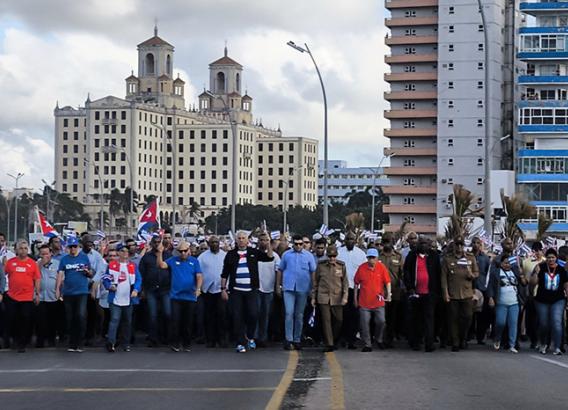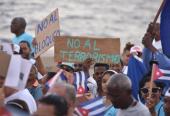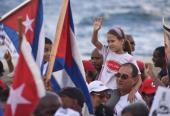Dengue and Chikungunya in Cuba: Causes and How to Stop Transmission
especiales

Several epidemiological factors linked to the time of year — such as high temperatures, humidity, and environmental conditions — have triggered the current transmission of dengue and chikungunya in Cuba. Health and government authorities are currently working to bring the situation under control.
Both diseases are transmitted by the Aedes aegypti mosquito and share common symptoms during the acute phase, including high fever and joint pain.
At present, dengue is circulating in 12 provinces across the island, affecting 36 municipalities and 44 health areas, while chikungunya transmission has been confirmed in eight provinces.
Deputy Minister of Public Health (MINSAP) Carilda Peña recently provided an update to the press on the response to these arboviral diseases. She explained that conditions such as elevated temperature and humidity, as well as a high national infestation index, favor their spread. Dengue is endemic in Cuba, meaning it persists throughout the year.
However, during specific periods — such as late May, early June, and the months of September and October — rainfall increases, creating ideal breeding conditions for the mosquito vector and leading to outbreaks.
Peña noted that “environmental disorder, stagnant water, wastewater discharges, and the accumulation of solid waste” also contribute to the spread. She acknowledged that some areas are facing “complex sanitary conditions” due to structural limitations, which further exacerbate the situation.
“When all these factors converge, it’s not unreasonable to expect outbreaks like the ones we’re experiencing now,” she said.
The current chikungunya transmission began in June in the locality of Perico, in the western province of Matanzas, about 100 kilometers east of Havana. Peña explained that Cuba follows a care protocol for arboviral diseases validated by the WHO/PAHO, which begins with the detection of nonspecific febrile syndrome (NFS).
“Whenever a fever appears without an apparent cause, along with associated symptoms and an epidemiological link, an arboviral infection must be considered,” she stated.
In such cases, physicians may recommend home-based care for mild cases at the primary level. However, patients with comorbidities such as hypertension, diabetes, or other chronic conditions require hospitalization due to their higher risk, Peña emphasized.
Regarding chikungunya, she explained that it is characterized by severe joint pain and inflammation, often referred to as “the hunchback disease” because of its clinical manifestations: high fever, joint swelling, back pain, and difficulty closing the hands.
The disease progresses through three phases — acute (initial), subacute (about 20 days), and chronic (up to 90 days) — with specific monitoring protocols for patients in the chronic phase. The only positive aspect, Peña noted, is that once a person has contracted chikungunya, they do not become reinfected.
“It’s important to clearly determine whether fever is present and actively identify those who remain ill at home. We are conducting active case searches to identify true cases,” she added.
Although the situation is complex, Peña described it as “manageable.” She stressed the importance of consulting medical professionals for guidance and taking community-level measures such as fumigation and the use of larvicides (abate) to break the transmission chain. “The country currently has sufficient insecticide supplies,” she assured.
The control of these arboviral diseases, Peña emphasized, “requires the coordinated action of the Ministry of Public Health, local organizations, the government, and the organized community.”














Add new comment